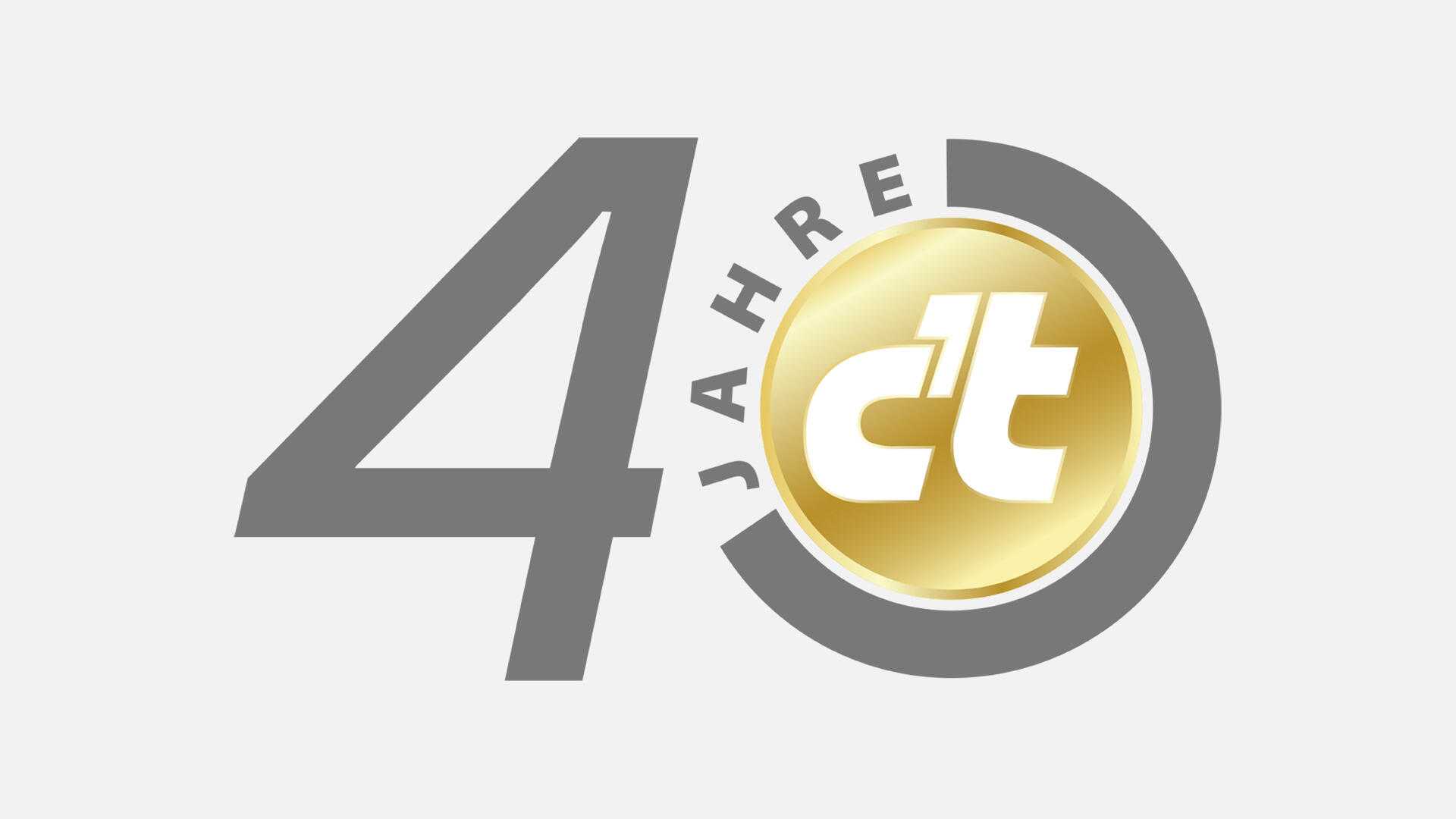
c’t magazin is celebrating its 40th birthday this year. We take this as an opportunity to pull some articles from our archive that are worth reading again. Among them are exciting investigative stories as well as oddities, great successes in computer technology, but also forecasts where we were completely wrong. We comment on the articles from today’s perspective and look forward to an entertaining journey through 40 years of IT history with you.
Unix is probably the most widespread operating system of all. Only a few servers, supercomputers, embedded systems or smartphones run with operating systems that do not go back to Unix. Ken Thompson and Dennis Ritchie programmed the first Unix version as early as 1969. In the 1970s, Unix was further developed at various universities, but particularly by the Computer Systems Research Group at the University of California, Berkeley.
The source code spread from university to university and the US telephone network operator AT&T, in whose Bell Labs Unix was developed, made the Unix sources publicly available until 1979. In the 1980s, however, AT&T began to market Unix commercially, and free access to sources was the end of it.
Linus Torvalds enters
A port from Unix to the PC was missing for a long time, until Andrew Tanenbaum developed the Minix teaching system in 1987. Since Tanenbaum disclosed the kernel sources but prohibited changes, this did not result in a free PC Unix. However, it motivated Linus Torvalds to develop the Linux kernel in 1991. It spread quickly, like c’t author Dirk Hohndel in his article “Commerce Killer” (PDF) wrote:
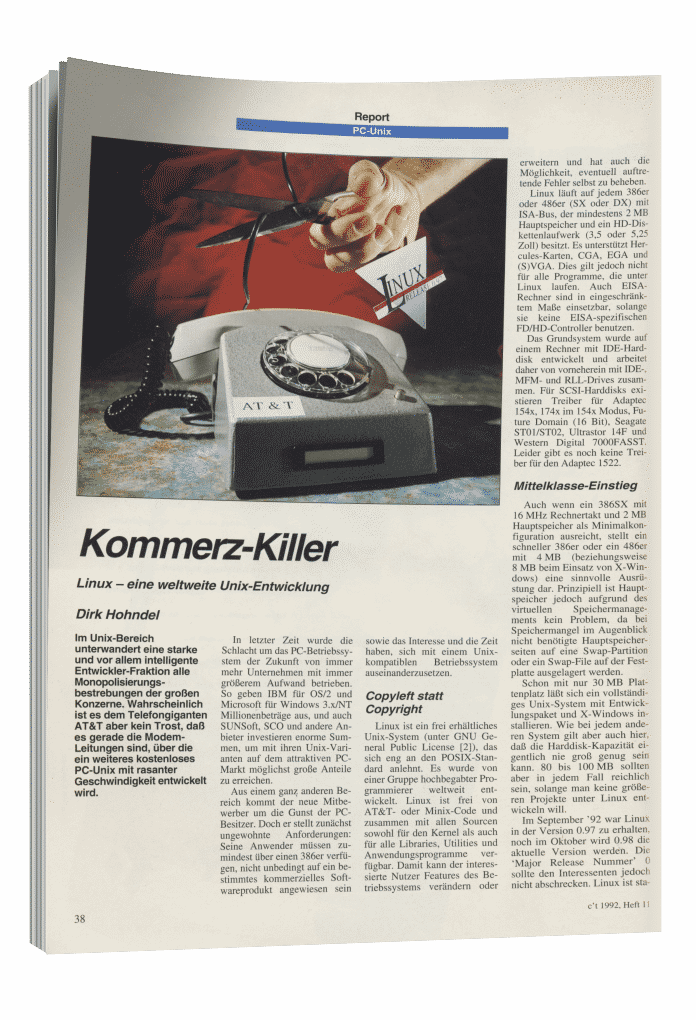
c’t article from 1992
“But it’s probably no consolation for the phone giant AT&T that it’s (its) modem lines that are being used to develop another free PC Unix at breakneck speed.”
Although there were other approaches to a PC Unix, the BSD Unix from Berkeley still contained too much code under AT&T copyright and Richard Stallman’s GNU project struggled with problems in the GNU Hurd kernel. Torvalds released its Linux kernel under the GNU GPL (GNU General Public License), which not only greatly accelerated further development. Thanks to the numerous Unix tools of the GNU project, a usable PC Unix including a graphical user interface was quickly created:
“Linux version 0.97 was available in September ’92, and 0.98 will be the current version in October. The ‘Major Release Number’ 0 shouldn’t deter prospective buyers. Linux is more stable than some commercial systems in Release 2.x and contains most of the features important for a Unix operating system.“
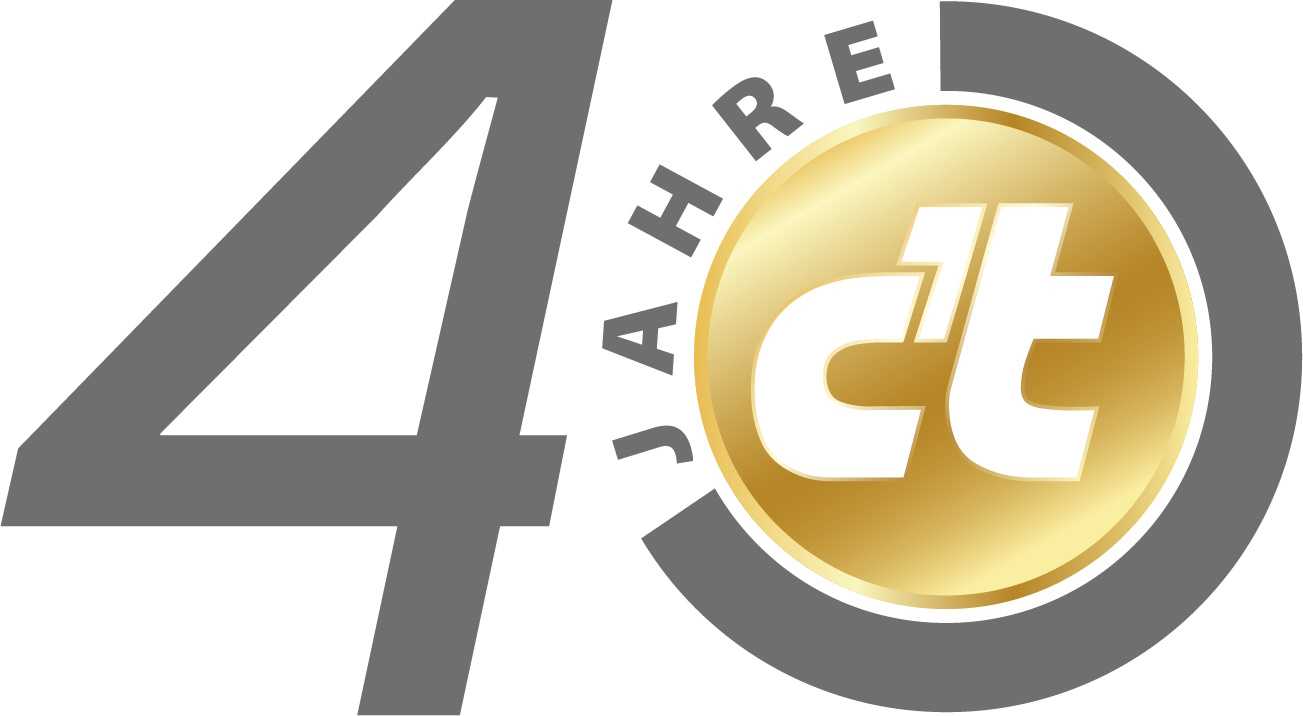
Linux-Kernel
When Linus Torvalds started developing the Linux kernel in 1991, he was programming on an 80386 system because he wanted to try out its multitasking commands. The 32-bit processor is therefore also a prerequisite for Linux, which users with 286 PCs that were still common at the time excluded, but was good for the performance of the Linux kernel.
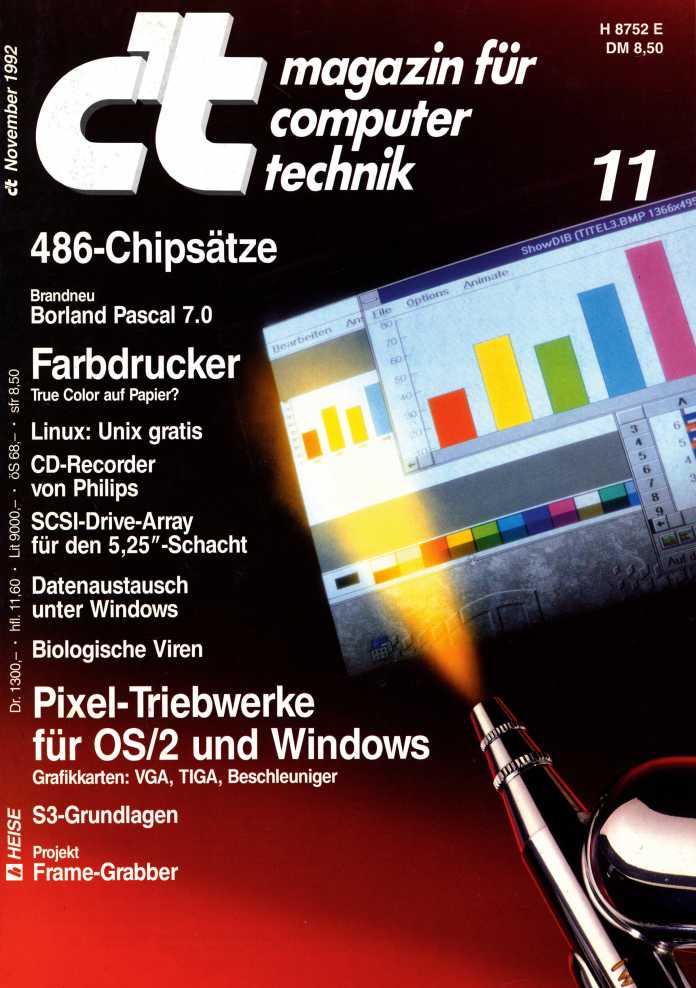
In the 11/1992 issue, c’t first whetted our appetite for the still young Linux operating system in a detailed article.
“The kernel is also extremely fast because it was specially developed for the 80386 and has a very low overhead, which can also give a computer with inferior hardware, such as a 486 with ISA bus, advantages over a computer that is actually faster.“
However, the penguin Tux had not yet hatched as the Linux mascot in 1992. He only followed in 1996; the original design comes from Larry Ewing, who was also involved in the development of the drawing program Gimp. Speaking of development:
“The high development speed of Linux and the associated programs is based on the high information throughput of the Internet medium.“
The internet was new to many people in 1992, most of the developers were students using university internet access. That’s why our Linux article ended with a box explaining the Internet and important services like FTP and email. Hardly anyone knew about the World Wide Web, it only slowly caught on from 1993 with the Mosaic browser.
c’t article commercial killer from 1992 (PDF for free download)
(Bild: c’t 8/2023 )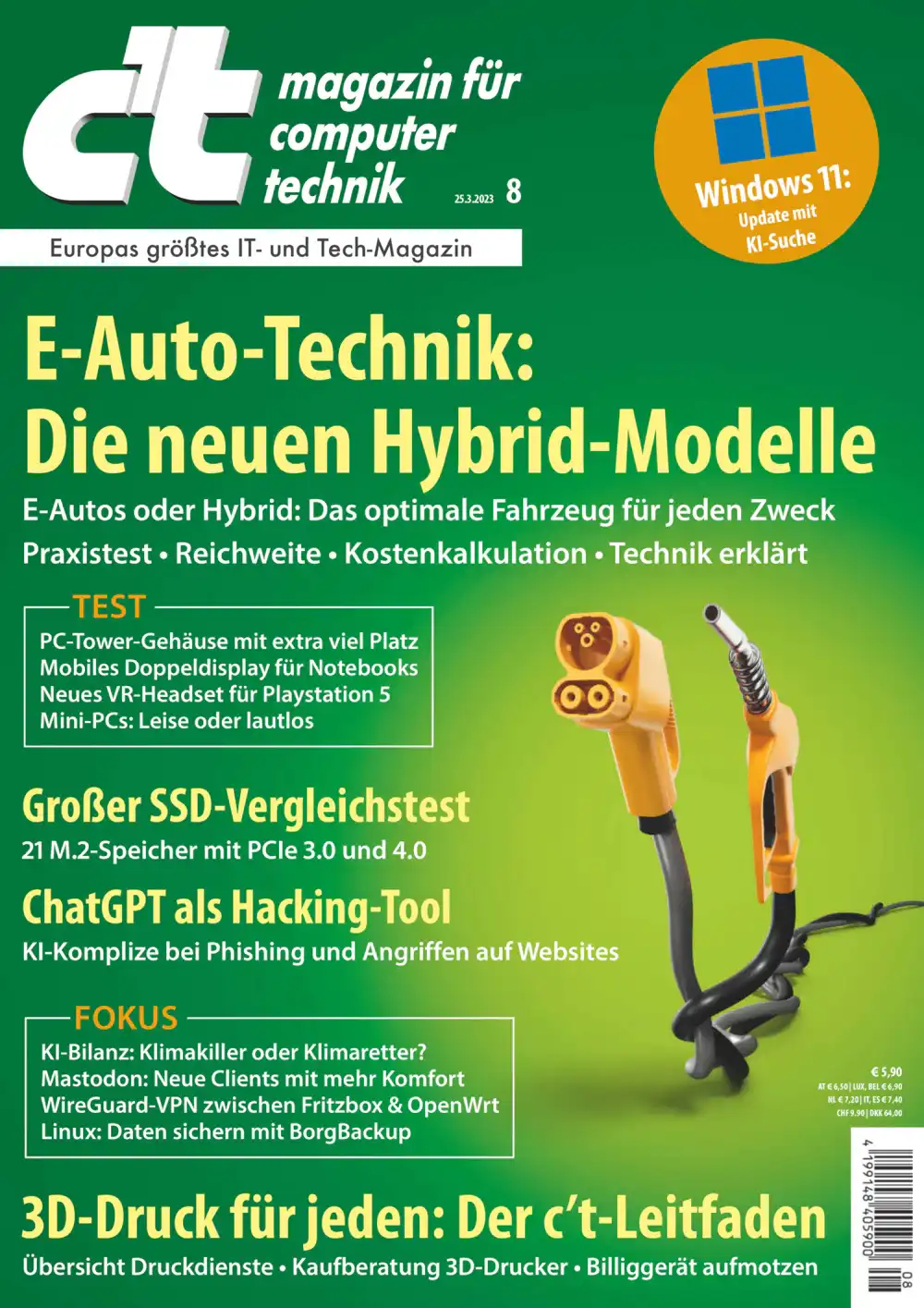
Plug-in hybrids should combine the advantages of electric cars and combustion engines – but will that work? We present the new vehicles, explain the technology and reveal which car is suitable for which purpose. We also 3D print, compare SSDs and examine the carbon footprint of AI. You can read that and more in c’t 8/2023!
(rop)
